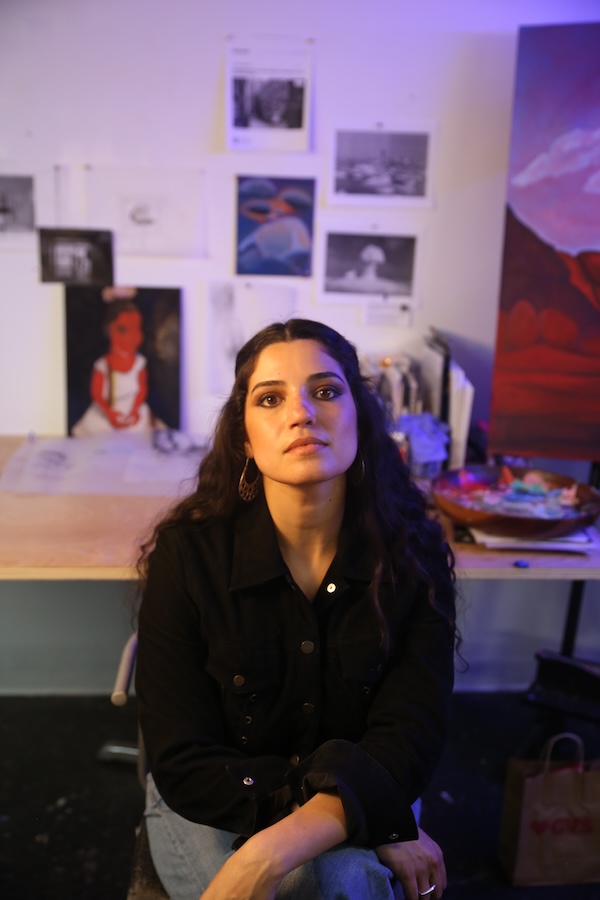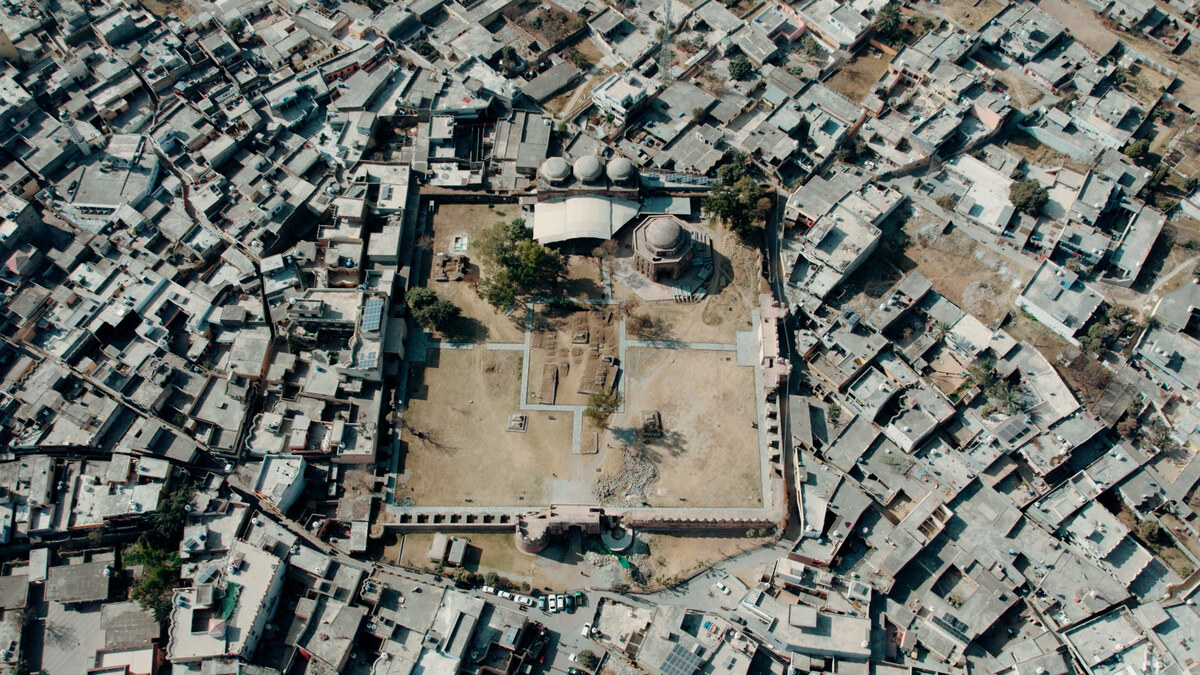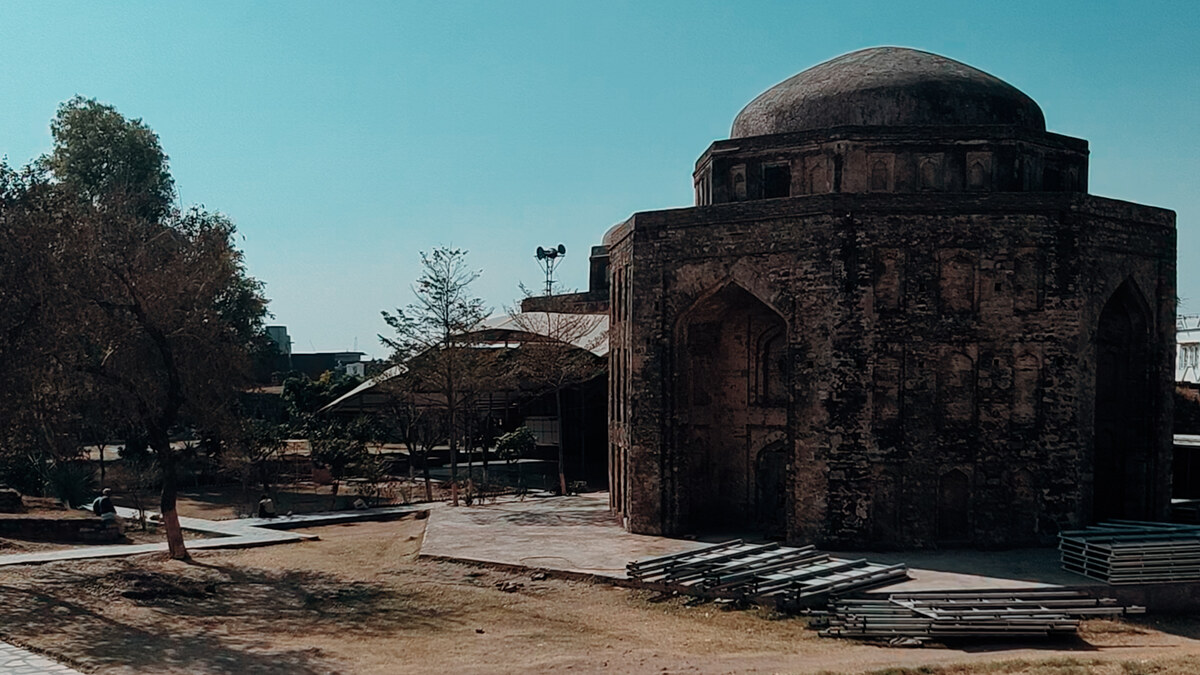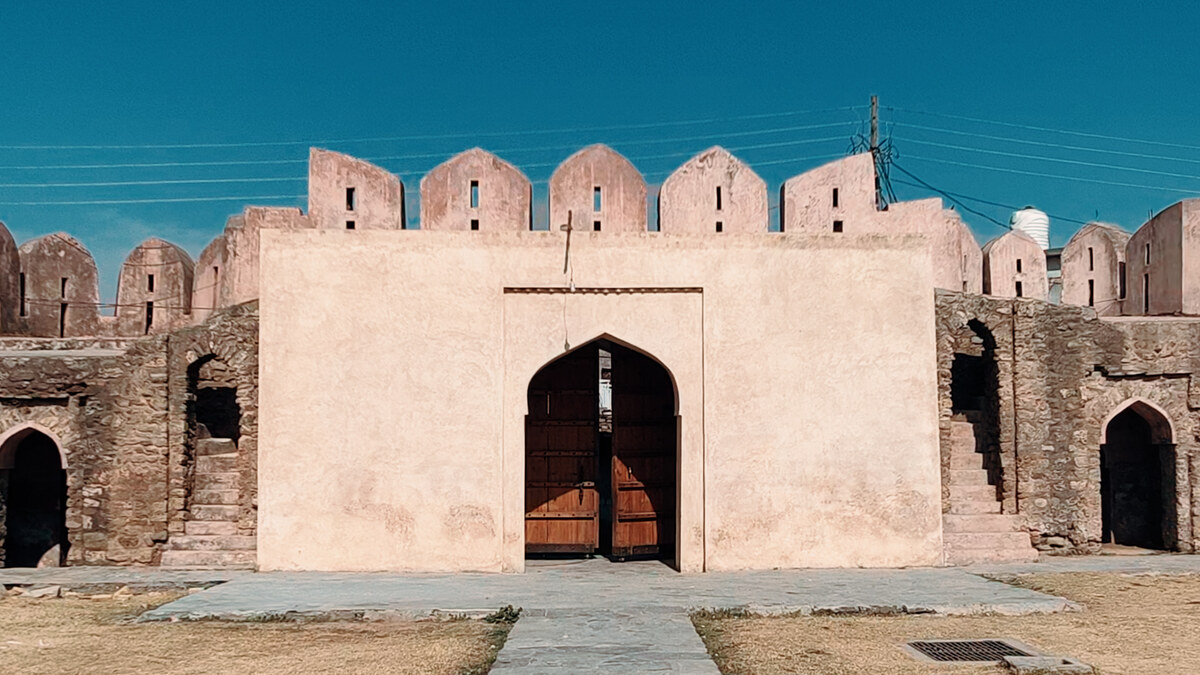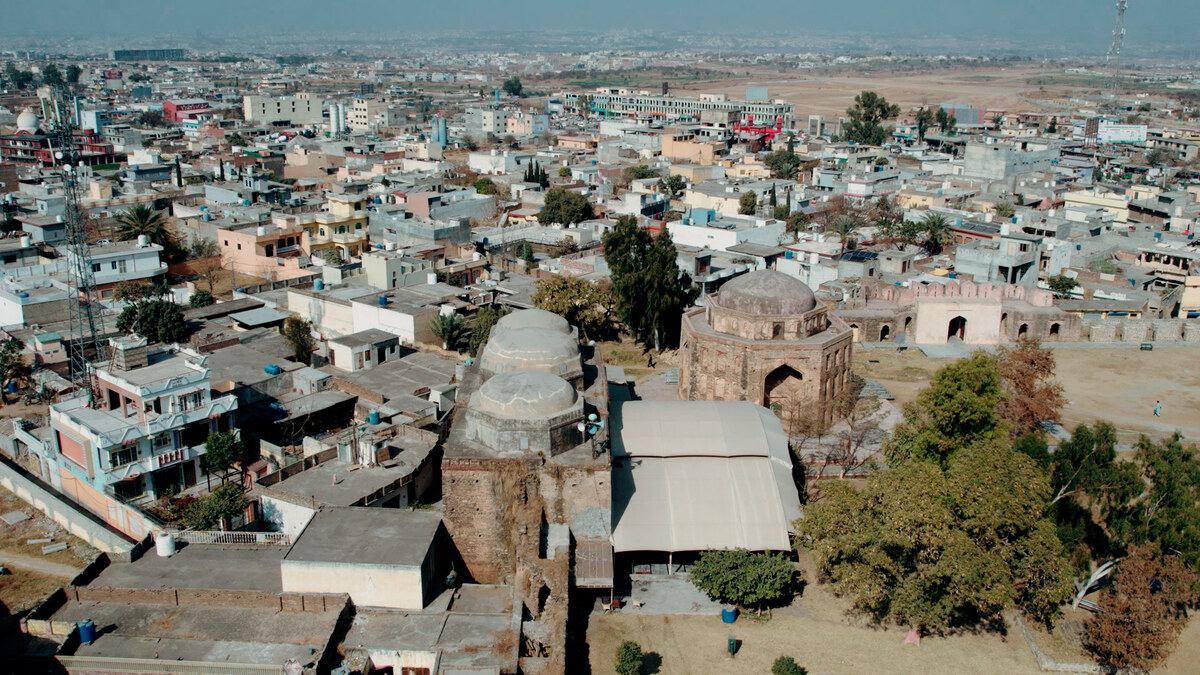DUBAI: Madrid-born chef Dabiz Muñoz, founder of StreetXO Dubai at the One&Only One Za’abeel, is a globally celebrated culinary figure, known for his innovative approach to cooking.
Muñoz has earned numerous accolades throughout his career. His flagship restaurant, DiverXO, which opened in 2007, holds three Michelin stars (at the time it earned its third, Muñoz became the second-youngest chef to lead a restaurant to this prestigious recognition) for dishes including dumplings with crispy Iberian ear and lobster with Thai curry, showcasing Muñoz’s love of combining diverse ingredients in unconventional ways.
Muñoz’s fell in love with cooking at a young age, fueled by frequent visits to the renowned Viridiana restaurant in Madrid. It was there that he first encountered Chef Abraham Garcia, whose unique techniques left a lasting impression and helped shape Muñoz’s vision of cuisine as a medium for artistic expression.
With the dream of opening his own restaurant, Muñoz pursued rigorous training in top kitchens across Spain, London and Tokyo.
Following DiverXO’s success, Muñoz launched StreetXO in 2012. The Dubai branch opened in 2023 and is the only location outside Spain where diners can experience Muñoz’s cuisine.
Here, the chef discusses favorite dishes, common kitchen mistakes, and how to nurture culinary curiosity.
What inspired you to take up cooking as a career?
I’ve had a passion for cooking for as long as I can remember — it’s something that feels like it’s always been in me. Growing up, I was fascinated by the process of creating meals, watching others in the kitchen, and experimenting myself. Seeing people enjoy the food I made was incredibly rewarding, and that’s when I knew I wanted to turn my love for cooking into a career.
When you started out, what was the most common mistake you made?
Rushing. Patience is key in the kitchen. Taking the time to focus on every detail makes all the difference in the final dish.
What’s your top tip for amateur chefs?
Feed your curiosity by traveling and expand your knowledge by studying. Cooking is as much about learning as it is about experimenting. Buy lots of books, because they open up a world of techniques, flavors, and cuisines that will inspire you. The more you expose yourself to different ideas, the more creative and confident you’ll become in the kitchen.
What one ingredient can instantly improve any dish?
Chilis. They’re a wonderful enhancer and seasoning, full of nuances, aromas, and different sensations that can elevate a dish to another level. I’m obsessed with them because they add depth, heat, and complexity, turning even the simplest of dishes into something special.
When you go out to eat, do you find yourself critiquing the food?
Obviously because of my profession I have a critical and trained eye, but the truth is that when I go to other restaurants, I pay much more attention to where they excel, rather than where they fall short.
And what’s the most common issue that you find in other restaurants?
I care more about the faults in my own restaurants than those of others.
What’s your favorite cuisine?
Whenever I go to a restaurant, I always have an open mind and try as many different dishes as possible. This means I’m often surprised — in a positive way. It’s very common for me to order the whole menu.
What’s your go-to dish if you have to cook something quickly at home?
Lately, I’ve been making a lot of bikinis (what we call a ham-and-cheese pressed sandwich in Spain), and I’m enjoying them more and more every day. They’re quick, simple, and always satisfying — perfect when I’m short on time but still want something tasty.
What customer behavior most annoys you?
Treating others badly is one behavior I dislike. Respect is essential in any environment, and seeing someone disrespect staff or act rudely is something I find frustrating.
What’s your favorite dish to cook and why?
I’m passionate about cocido madrileño (chickpea-based stew) and croquetas. Both are very popular Spanish dishes, simple and very tasty, in fact I always have versions of them on the menu in some of our restaurants.
What’s the most difficult dish for you to get right?
The more you make a dish, the easier it becomes — it’s really just a matter of time and practice. Even the most complicated recipes can become second nature if you repeat them enough.
As a head chef, are you a disciplinarian? Or are you more laidback?
In the kitchens of the XO world, shouting, bad language, and disrespect are forbidden.
Throughout all the years of my career, this is something that I have learned and internalized. But this doesn’t imply any less discipline or demand from my side.
Chef Dabiz Munoz’s octopus taco recipe
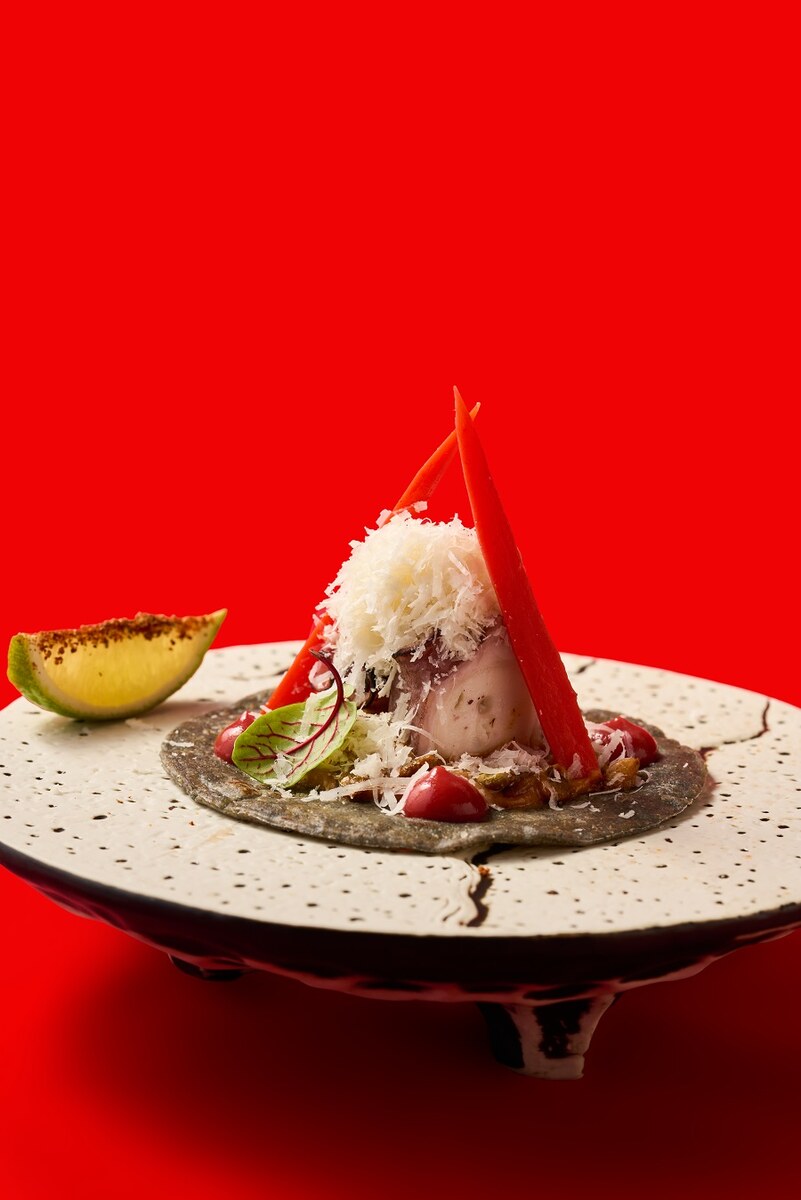
Chef Dabiz Munoz’s octopus taco. (Supplied)
Warning: Requires some specialist equipment if recipe is to be followed exactly, including blast chiller, vacuum sealer, and robata (Japanese charcoal grill, similar to a barbeque).
Ingredients (for final plating):
Blue corn tortilla
10g yellow mole
8g tamarillo emulsion
50g cooked octopus
6g parmesan
10g carrots
4 unit sorrel
6g pumpkin seeds
1 unit lime wedge
Instructions:
Tamarillo Emulsion
Ingredients:
10kg peeled, aged, tamarillo (must be ripe)
2g ajillo
Salt (to taste)
Pepper (to taste)
Method:
Peel the tamarillo and vacuum seal it.
Once matured, emulsify everything, salt to taste
Cooked Octopus
Ingredients:
40g octopus
2 onions
5g garlic
2 bay leaves
Method:
Cook at 85 degrees celsius for three hours or until tender. Cover the octopus with 85 degree water, add two onions, add 50g of garlic, add 10g of bay leaves. Strain and then blast chill.
Carrots
Ingredients for the Marinade:
0% white wine (no alcohol) 10g
Jerez vinegar 5g
Mandarin juice 10g
Olive oil 3g
Chopped garlic 6g
Pimenton de la vera 3g
Salt, cumin, oregano (to taste)
Red food coloring (to taste)
Method:
Reduce the wine and sherry vinegar by half. In a separate pan, fry the garlic in oil until golden, then add the remaining ingredients to the reduction.
Pickled carrots:
Peel the carrots and vacuum seal them with the prepared marinade.
Pumpkin seeds:
Lightly fry the pumpkin seeds in oil until golden brown, then season with salt to taste.
Plating
Grill the octopus on the robata, adding some smoking Sarmiento underneath for extra flavor.
Brush the octopus with lemon oil for a bright, citrusy finish.
Warm the tortilla and place it on the dish, seasoning it with yellow mole and a sprinkle of seeds for texture.
Position the grilled octopus on top of the tortilla, then add four small dots of tamarillo sauce around it.
Top the octopus with a light layer of cheese.
Garnish with thinly sliced carrots and fresh greens to add color and freshness.
Finish the dish with a squeeze of lime and a dusting of powder to enhance the flavors.









